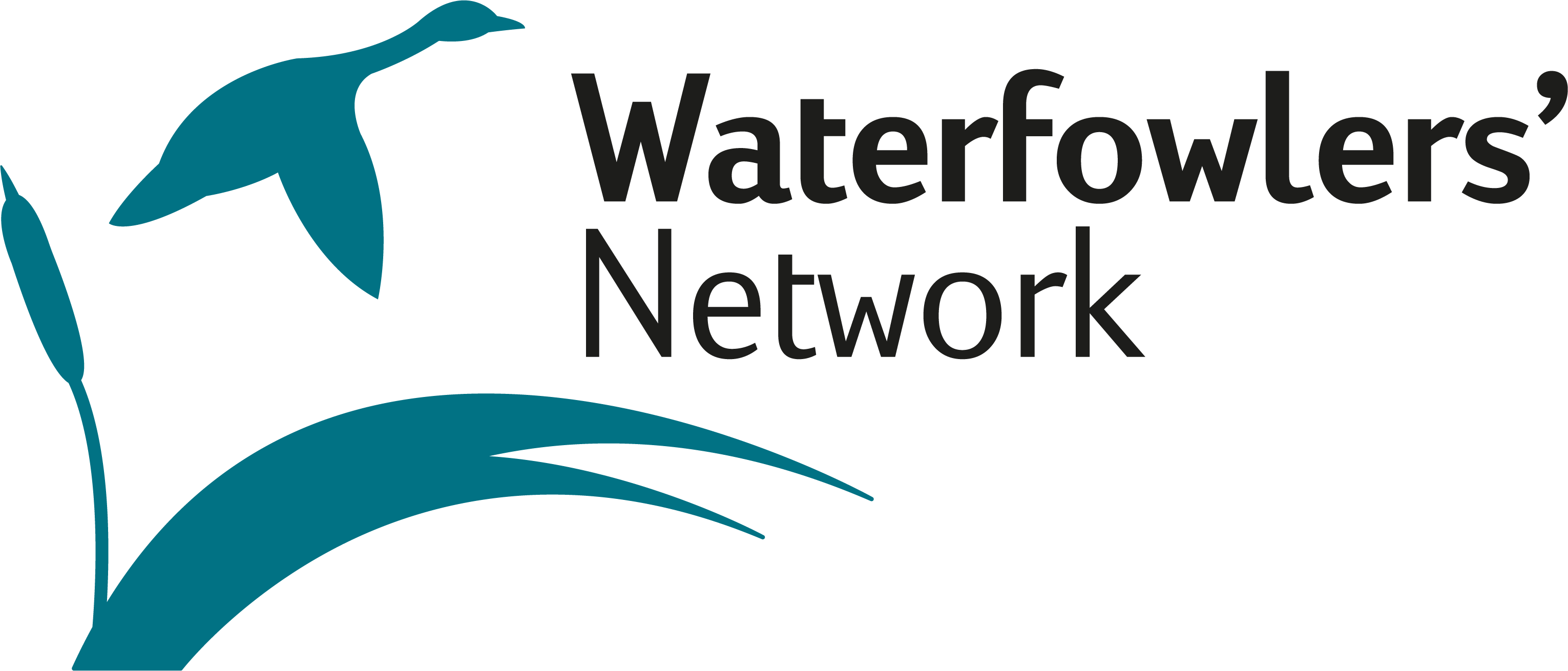Updated guidance on addressing outbreaks of Avian Influenza in wildlife 10th August 2023
The Scientific Task Force on Avian Influenza and Wild Birds has sounded the alarm on the current near-global spread of highly pathogenic avian influenza (HPAI) and the unparalleled scale of mortality among wild birds. Among other recommendations, the Task Force urges countries to consider HPAI as a conservation issue, plan accordingly and avoid culling measures of wild birds.
Photo by Jesper Kjær Illemann, Danish Hunters' Association
The Task Force also calls for a "One Health" approach to ensure appropriate cross-sectoral attention to human, animal and environmental health.
H5N1 avian influenza has now spread to nearly every part of the world and is having major impacts on wild birds as well as numerous terrestrial, freshwater, and marine mammal species. Governments are urged to take the actions set forth in the new expert guidance to address this threat to both domestic poultry and wildlife.
Amy Fraenkel, Executive Secretary of CMS
In its latest statement released on July 13th 2023, the Task Force provides a global situation update highlighting the current spread of HPAI from Asia and Europe into the Americas. This is not only causing extensive outbreaks and mortality events among wild birds, but also among mammals such as foxes, seals and dolphins that consume dead and infected wild birds.
Unprecedented conservation impacts and urgent needs
The extent and scale of the outbreaks are having significant consequences for the conservation of multiple species. The repercussions are particularly alarming for globally threatened species, including a number of crane species. The large-scale loss of breeding adults among long-lived seabirds has the potential for significant longer-term impacts on their populations.
A One Health approach is crucial to deal with the complex challenge of HPAI spread in poultry, wild birds and other mammalian species. Multisectoral preparedness and response, as well as mainstreaming prevention at primary producer and value chain level is crucial to protect biodiversity, poultry, people, and the planet.
Keith Sumption, Chief of the Zoonoses and AMR Centre/Chief Veterinary Officer/Lead for FAO’s One Health priority programme
The virus originated in the poultry sector two decades ago and has since jumped back and forth between wild and domestic settings. The increase in HPAI pandemics is associated with the growth and intensification of the poultry sector, prompting calls for reforms to poultry production systems to help mitigate further risks. Given the scale of current outbreaks, HPAI must now be seen as not just a threat to poultry production, livelihoods and economies but also a significant threat to wildlife – and a major conservation issue.
The scale of the mortality has been appalling. A number of wild bird species already affected by some of the greatest human-induced pressures such as climate change are now hapless victims to this disease. When this virus escaped to the wild some 20 years ago the "genie" was in effect "out of the bottle". After a faltering start, we are now in a new era of a "fitter" virus. This is still a dynamic situation and we fear further spread of the virus into, as yet, unaffected oceanic islands where species such as albatrosses breed.
Dr. Ruth Cromie, CMS Scientific Councillor and Coordinator of the Scientific Task Force on Avian Influenza and Wild Birds
Further key observations and recommendations
- HPAI H5N1 is now having population-level consequences for numerous bird species around the world.
- Many countries have been caught off-guard and are ill-prepared for dealing with wildlife outbreaks of HPAI. Although government departments of agriculture usually deal with HPAI responses, there is now a clear need for environment departments to take responsibility for the disease in wildlife.
- To ensure preparedness and speed up responses to outbreaks, contingency and response plans should be urgently developed. These should aim to minimize impacts on wildlife and involve a wide cross-sectoral range of stakeholders from citizen scientists, ecologists and NGOs, to government agencies and others.
- The Task Force reminds authorities of their international obligations to ensure their response to the pathogenic virus does not include the culling of wild birds, nor actions that would cause damage to natural ecosystems, especially wetlands.
- Current surveillance and research efforts have largely focused on the role of wild birds in relation to poultry risks – there is now a clear need for enhanced efforts to preserve wildlife populations and answer urgent questions about longer-term impacts of the disease and activities that can reduce risks.
- There are a range of actions that governments can take to help protect wildlife. These include ramping up wider conservation efforts and improved protection of wild habitats to increase resilience to the disease.
The Scientific Task Force on Avian Influenza and Wild Birds
The Convention on Migratory Species (CMS) and the Food and Agriculture Organization (FAO) co-convened the Scientific Task Force on Avian Influenza and Wild Birds in 2005. It works as a communication and coordination network and continues to review the role of wild birds in the epidemiology of avian influenza and the impact of the disease on wild birds, promoting a balanced opinion based on currently available evidence.
Task Force observers include the United Nations Environment Programme, the World Health Organization and the World Organization for Animal Health. Task Force members include FAO, CMS and the Agreement on the Conservation of African-Eurasian Migratory Waterbirds, BirdLife International, the East Asian-Australasian Flyway Partnership, the EcoHealth Alliance, the International Council for Game and Wildlife Conservation (CIC), the Ramsar Convention on Wetlands, the Royal Veterinary College, Wetlands International, and the Wildfowl & Wetlands Trust (WWT).
